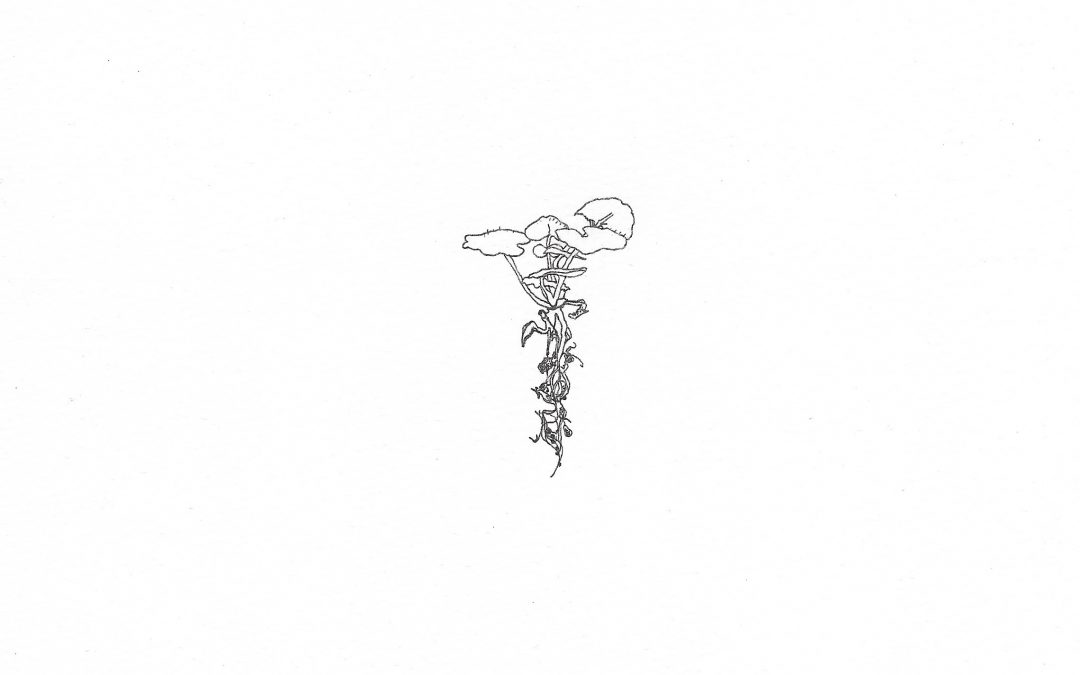I have been looking at the series Nourishment, 2002 by Michael Landy. The work is a collection of twelve life sized etchings of different types of weeds that the artist found growing in London. Initially, I was attracted to the botanical illustration aspect of the works and admired their meticulous detail. Upon further investigation, I began to appreciate the works as a depiction of a wider concept:
Landy has described why he was drawn to these ‘street flowers’. He has said, ‘they are marvellous, optimistic things that you find in inner London … They occupy an urban landscape which is very hostile and they have to be adaptable and find little bits of soil to prosper’. Weeds are hardy, thriving in often inhospitable conditions with very little soil, water or direct sunlight. They grow between paving stones or on waste ground in the city, tenaciously asserting themselves despite being overlooked by the majority of passers-by.
Taylor, Rachel. Michael Landy, Shepard’s Purse 5, Summary. December 2003. ‘Shepherd’s Purse 5’, Michael Landy, 2002 | Tate.
I found that this identifies with the theory behind my practise so far, in which I have been interested in natures ability to survive, and even thrive, despite contemporary challenges. For example, I was inspired by 2020’s beautiful spring and its symbolism in the renewal of life. This contrasted global anxiety as we began to negotiate life in a pandemic; but as David Hockney said in 2020, ‘they can’t cancel the spring’ .
I am also very interested in how a lot of us began to show more gratitude towards the outdoors in this time as we yearned for what we couldn’t have. In response to Landy’s work, I have started to pick weeds from cracks in paving in my own urban landscape, just outside of London. I have been documenting the process in photos, in which the weeds are picked, tended for, observed and later illustrated.


Hi, this is a comment.
To get started with moderating, editing, and deleting comments, please visit the Comments screen in the dashboard.
Commenter avatars come from Gravatar.